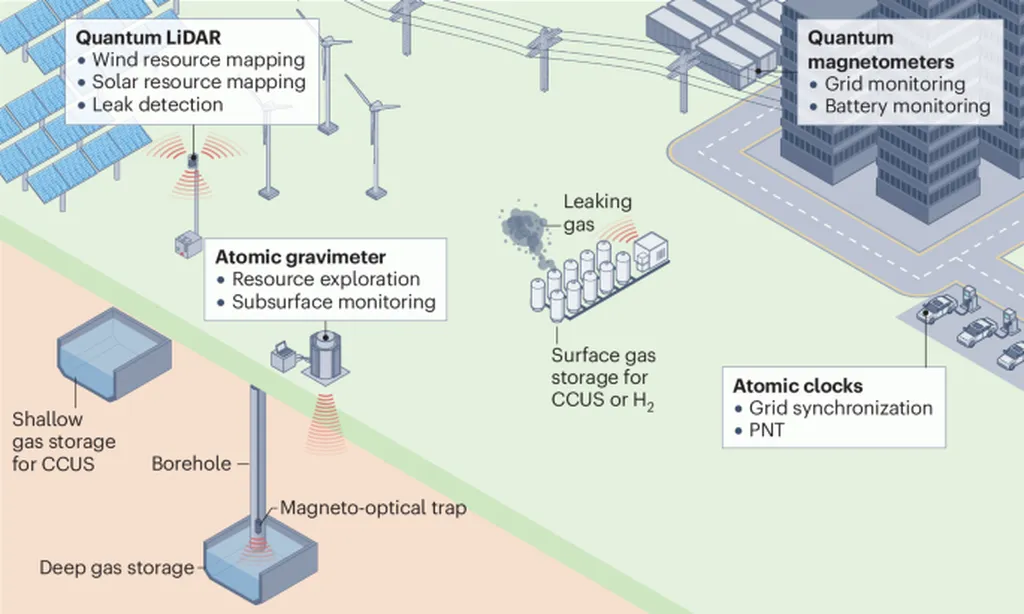Researchers Sibin Yang, Gabe Schumm, Bowen Zhao, and Anders W. Sandvik from Boston University have made strides in understanding quantum magnets, which could have implications for the energy sector, particularly in the development of advanced materials for energy storage and transmission. Their work, published in the journal Physical Review B, focuses on improving methods for numerical analytic continuation with constraints to extract spectral functions from quantum Monte Carlo (QMC) simulations.
The team’s research centers on one-dimensional quantum spin systems, specifically examining the single-hole spectral function, which describes the behavior of a system with a single missing electron. They used a canonical transformation of the fermionic Hamiltonian to compute the Green’s function, implementing it in stochastic series expansion QMC simulations. This approach allows for the extraction of spectral functions with sharp features, providing a more detailed understanding of the system’s behavior.
The researchers focused on systems exhibiting spin-charge separation, a phenomenon where the spin and charge of an electron behave as distinct entities, and those where a spin polaron forms due to attractive interactions between the spin and the charge. They confirmed the well-established spin-charge separation in the conventional t-J chain, a model used to describe the behavior of electrons in certain materials. By introducing a multi-spin interaction, they observed the features of spin-charge separation until a phase transition occurred, leading to a spontaneously dimerized state.
The study also found evidence of a gap between two holon bands, which are charge excitations in the system, that are typically degenerate in conventional models. Within the dimerized phase, the researchers found indications of the binding of spinon and holon, which are spin and charge excitations, respectively, at large interaction strengths. Additionally, in a statically dimerized t-J chain, they observed equally spaced spin polaron bands corresponding to increasingly large bound states with two internal spin polaron modes.
The practical applications of this research for the energy sector lie in the potential development of advanced materials with unique electronic properties. Understanding the behavior of quantum magnets and the interactions between spin and charge can lead to the design of materials with improved conductivity, magnetism, and other properties crucial for energy storage and transmission. The improved methods for numerical analytic continuation with constraints demonstrated in this study can also be applied to other complex systems, enhancing the overall understanding of quantum materials and their potential applications in the energy industry.
Source: Yang, S., Schumm, G., Zhao, B., & Sandvik, A. W. (2023). Single-hole spectral functions in 1D quantum magnets with different ground states. Physical Review B, 107(6), 064405.
This article is based on research available at arXiv.

